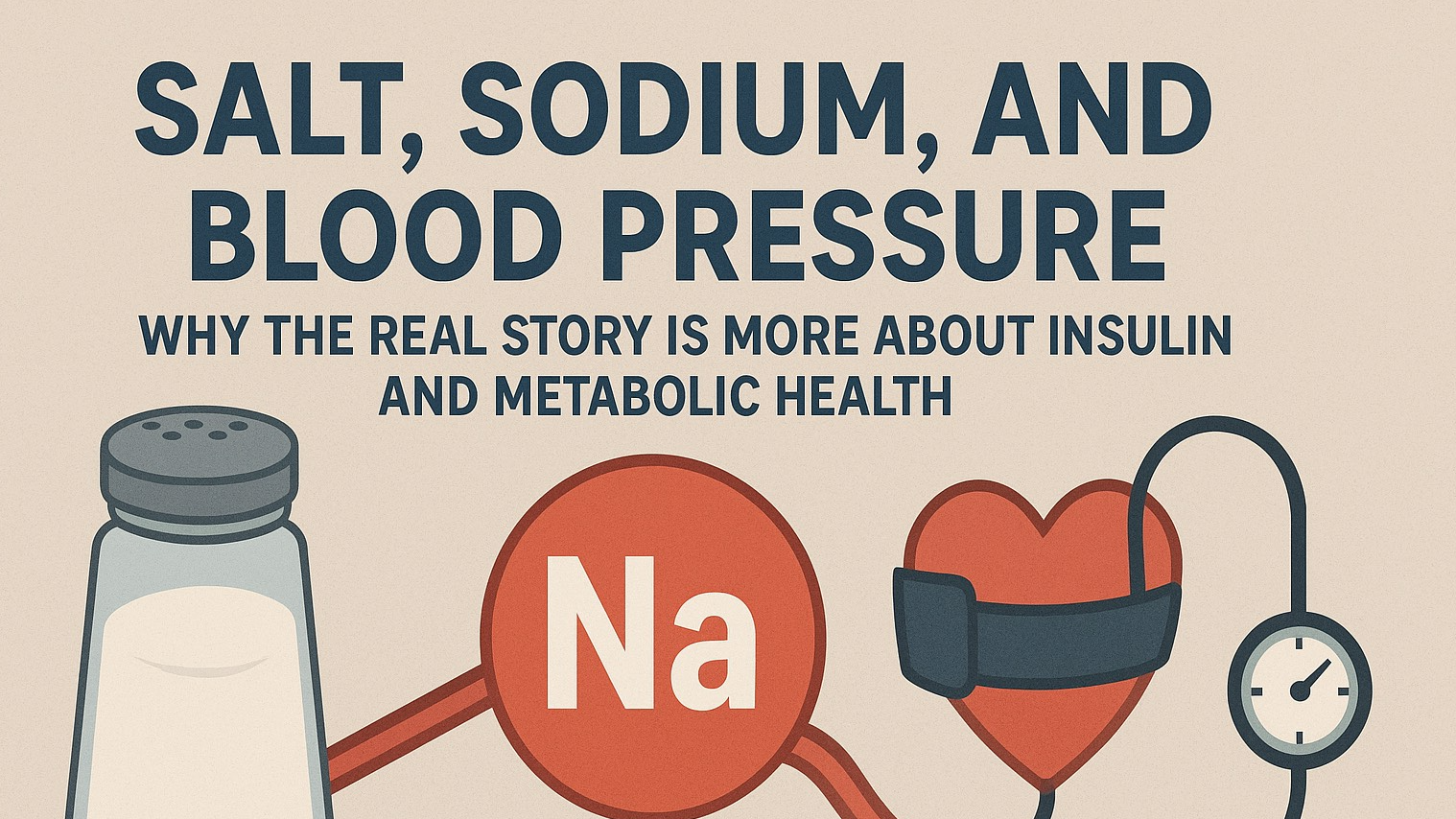
Why should you use Resistance bands when working out?
Should you use resistance bands in your fitness training?
Whether you are a beginner to working out, an experienced weightlifter, or recovering from an injury, the answer is YES!
But why should you use them and how?
Before we dive into the benefits, let’s go over the main types of resistance bands so you can figure out what’s best for you.
WHAT ARE RESISTANCE BANDS?
Resistance bands are a means of strengthening and/or stretching your muscles, whether for aesthetics, athletic performance, or physical therapy.
TYPES OF RESISTANCE BANDS
· Resistance bands with handles – These tube bands are primarily used for working out and building muscle strength and size. The handles provide a sturdy grip and allow for a variety of exercises, like what you might perform in the gym with free weights or machines. Stackable resistance bands use carabiners to allow the user to combine bands together to increase/decrease the resistance level as needed.
· Therapy flat resistance bands – These are often found in therapy settings, such as a physical therapist or sports therapist offices. They are wide and flat, making theme easy to wrap around your hand and adjust the length easily, and can also be cut into smaller pieces or used to stretch. These bands are also used in Pilates programs for added resistance and can be used for general strength training.
· Loop Bands – These bands are similar to therapy bands, but are smaller and form a closed loop. These are primarily used for strengthening the legs and buttocks. You will find these in most gyms and physical therapy offices.
· Leg and Arm Tube – These closed-loop tube bands come in several variations, such as leg bands with ankle cuffs and figure-8 shapes with handles for the upper body. These are more muscle-specific and limited in the variety of exercises that can be performed.
· Power and Mobility – These heavy duty bands loop bands are most popular for cross-training and with power lifting. They are also used for stretching and correcting mobility issues, adding variable resistance to weight training, and pull-up assistance.
BENEFITS OF USING RESISTANCE BANDS
Sure, the gym is full of dumbbells and machines and weights of all kinds. But resistance bands offer many benefits that standard weights can’t:
1. SAME MUSCLE ACTIVITY, LESS CHANCE OF INJURY
Training with elastics bands provides similar and sometimes even greater muscle activity as weight training. One major difference is that is involves a lower amount of force on the joints, which means that more stimuli can be provided to the muscles with less chance of injury. This is also good news for anyone with existing injuries or joint pain, because resistance bands may allow you to continue working out and performing exercises that you can’t with dumbbells.
2. GREATER MUSCLE STIMULUS
One major difference between free weights and resistance bands is the variable resistance applied through the full range of motion of an exercise. With free weights, there are actually parts of the movement when the muscles aren’t performing much work due to lack of gravity, such as at the top of a bicep curl. The muscle is receiving greater resistance at its strongest point in the range of motion and therefore is receiving more adequate resistance to better stimulate strength adaptations.
3. STABILIZATION/CORE ACTIVATION
The constant tension from bands adds an element of required stabilization from your body to maintain form during many exercises. This also means that you will often need to activate your core for balance. The need to control them from snapping back into place means greater stimulation and strength through the muscle’s full range of motion, and the pull of the bands reduces your ability to cheat by using momentum.
4. IMPROVED STRENGTH & ATHLETIC PERFORMANCE
Power resistance bands are extremely effective for athletic training due to the increased load, variable resistance, and instability. Experienced power lifters and strength and conditioning professionals have claimed elastic band resistance combined with traditional training produces strength gains for several years. One test using elastic tension for back squats and bench press demonstrated that the bench press increase was doubled, and the back squat one rep max improvement was nearly three times higher after using bands. The [resistance band] group’s average lower body power increase was nearly three times better than the free-weight only group. These bands can also be used for speed and agility drills for various athletic purposes.
5. MORE EXERCISE OPTIONS
With dumbbells or barbells, you are limited to certain body positions in a vertical plane of motion to use the force of gravity. When using resistance bands, you can perform exercises in both the vertical and horizontal plane. For instance, you can do a chest press or back row in a standing position rather than having to use a bench. You can also train perform sideways movements, ideal for athletic activities like swinging a baseball bat or golf club, as well as and daily tasks like opening a door or moving a box.
6. INEXPENSIVE
Due to the fact that you can perform a variety of exercises with one band as mentioned in the examples above, it means you don’t need so many weights and machines. If you workout at home, a set of resistance bands can save you from buying so many expensive weights that also take up space.
7. IDEAL FOR REHABILITATION
Resistance bands and tubes have been proven to improve strength, size, and function of muscles in the elderly as well as those undergoing rehabilitation. Bands can provide very light or heavy resistance which can be used in targeted ways for specific muscles that also protects joints.
8. STRETCHING & MOBILITY
Any type of tube or flat band is great for both post-workout stretches, as well as pre-workout mobility work. Typically, you are limited during stretches by your level of flexibility and range of motion, and many effective stretches even require another person to provide pressure to the muscle. Instead, you can use bands to assist with stretching to extend your reach and provide pressure, such as with lying down hamstring stretches. Power bands are also excellent for mobility work when wrapped around sturdy object, such as improving ankle and hip mobility for squats.
9. PERFECT FOR TRAVEL
It can be hard to fit in workouts or even find a gym when you travel. Bands are a perfect option to pack in your bag that allow you to work out in a hotel room or outdoors without heavy equipment. They won’t weigh down your luggage, but will still give you an effective, full-body workout. For this same reason, they’re ideal for bodybuilders and fitness competitors, as well as models who need to pump up their muscles prior to a show or photo shoot.
WHO SHOULD USE RESISTANCE BANDS?
After reading the benefits of bands, it’s probably becoming clearer that anyone can use resistance bands to reach their fitness goals. Here are some specific groups that should use them and why:
ANYONE TRYING TO GAIN MUSCLE
If you’re looking to gain muscle size and strength, you can use bands in place of dumbbells and machines to provide a new and challenging stimulus to your muscles for growth. You can also add them to barbell exercises to increase intensity and neuromuscular performance.
ANYONE WANTING TO LOSE WEIGHT
Losing weight is easiest when you combine a healthy diet, cardio, and strength training. Add bands to your workout routine, such as in a full-body circuit. This might look like doing a resistance band chest press, followed by squats with a band, followed by a back row with a band. This will burn calories and build muscle at the same time, which will help you to lose weight over the long-term.
OLDER ADULTS
For adults around or over the age of 60, standard weights at the gym can be challenging and harsh on your body. Resistance bands help to maintain strength and muscle mass without overdoing it. Research indicates that training programs using elastic tubes are a practical, effective means of increasing strength in adults over the age of 65. Resistance bands are one of the safest methods to increase bone strength and help prevent osteoporosis.
PREGNANT WOMEN
Exercise is important during pregnancy for improving energy, sleep, mood and preparing for childbirth. However, this is not the time to dive into an intense weight-training program. Resistance bands and high repetitions (15-20) are great for light muscle-toning. Using one light and one medium band will allow you to hit all your major muscles without strain.
Give them a try and leave a comment below letting us know what results you see from adding resistance bands to your fitness routine!
 Add Row
Add Row  Add
Add 










Write A Comment